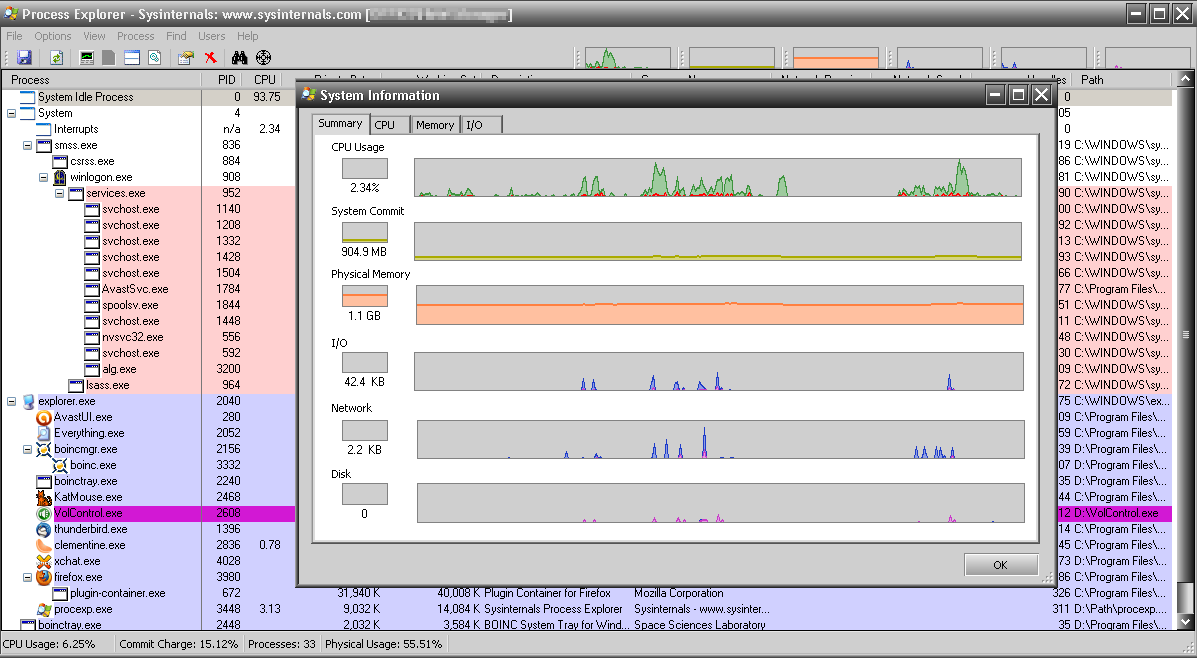

#Process explorer $extend windows
Select "Replace Task Manager" under Options, Process Explorer will then open instead of the Windows Task-Manager. If you like Process Explorer, you can replace Windows Task-Manager with it. Double click on it and a more detailed version will open. A small version of the performance monitor is visible in the toolbar. Process Explorer also has a performance monitor which I prefer to that of Windows Task Manager's. In most cases, you will find out about the process' purpose this way.

If you have no idea about the function of a certain process, right click the process and select Google. The others have other useful information about the process, like CPU/memory usage or threads etc. One of the tabs will show the TCP/IP connections. Right click on a process and then select "Properties". This is very useful if you're worried that there's a Trojan hoarse running on your machine that contacts its master. (ProcExp: Process Explorer) Navigate to C:toolsProcExpProcessExplorer Click Run Click Agree Next you will see a screen that looks very similar to the. In handle mode you get information about the opened handles of the process selected and in DLL mode about the DLL files.Īnother nice feature of Process Explorer is that it shows what TCP/IP connection a certain process opened. You can switch between the two using CTRL+H and CTRL+D. What program is stopping me from deleting or moving a file or folder Solve the issue with the Microsoft Process Explorer To help you resolve the File is open. There are two modes: handle mode and DLL mode. If you don't understand what you are doing, you will end with a blue screen. But be careful! Process Explorer is not as cautious as Task-Manager. Of course, you can also kill processes or even complete process trees. Usually I use Process Explorer when I am troubleshooting malfunctioning programs. You get running processes' hierarchical display that shows detailed information on how certain applications work. Process Explorer basically does the same as the Windows Task-Manager, although it is much more powerful.


 0 kommentar(er)
0 kommentar(er)
